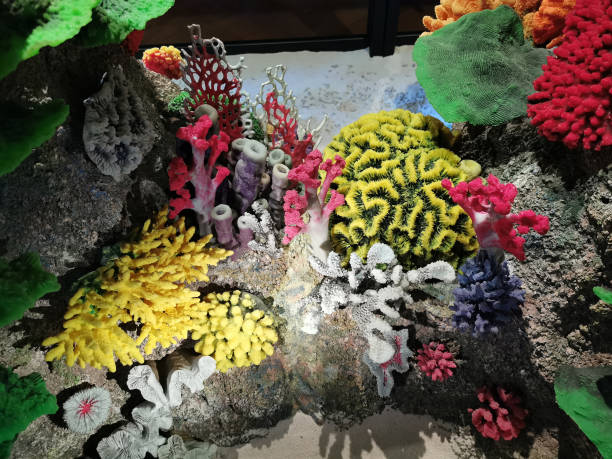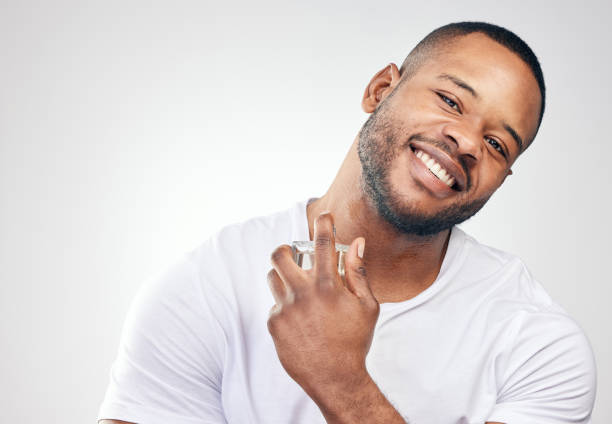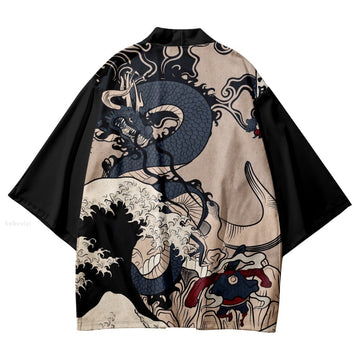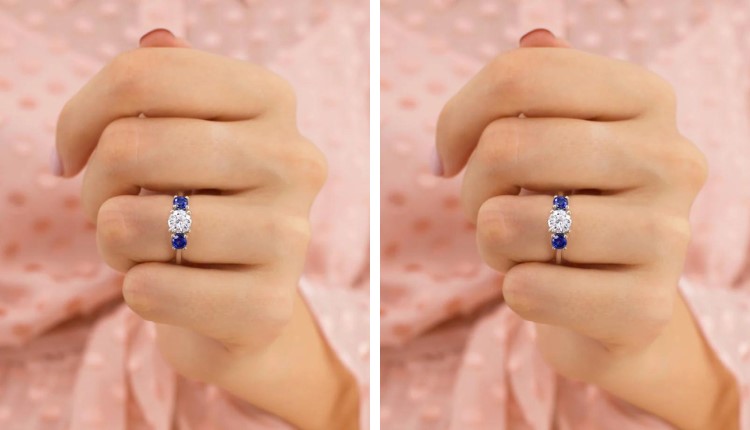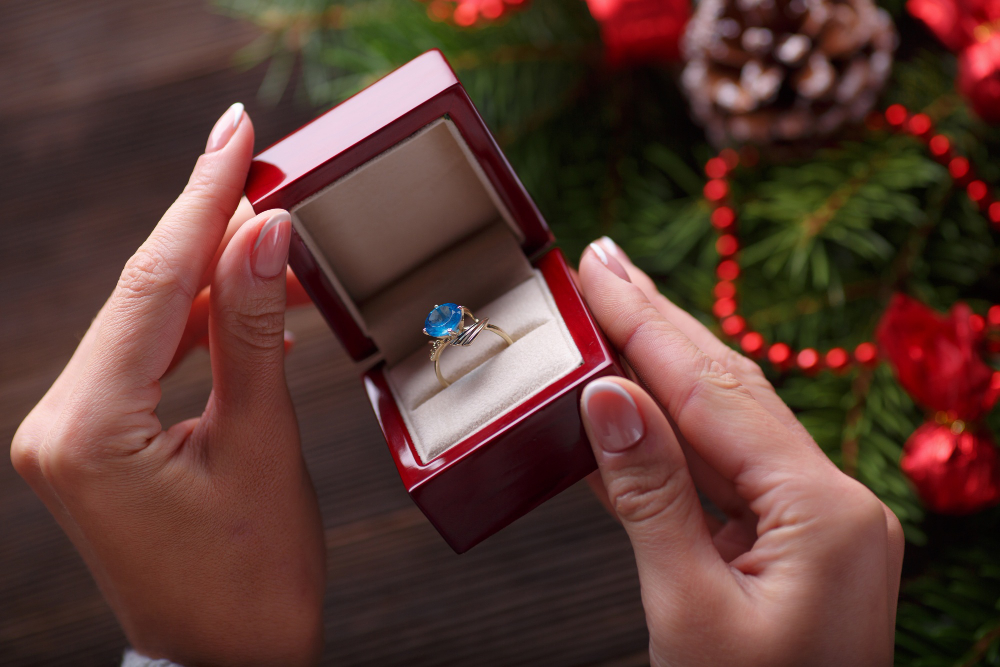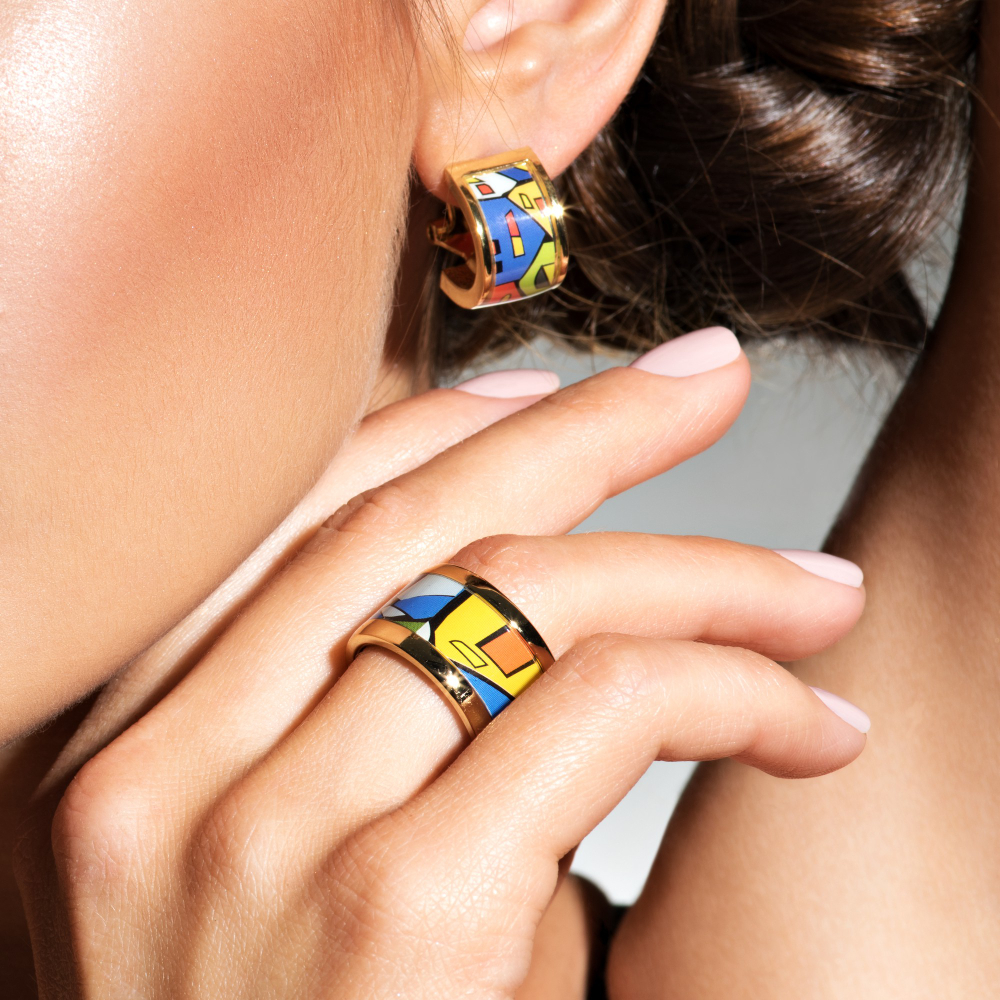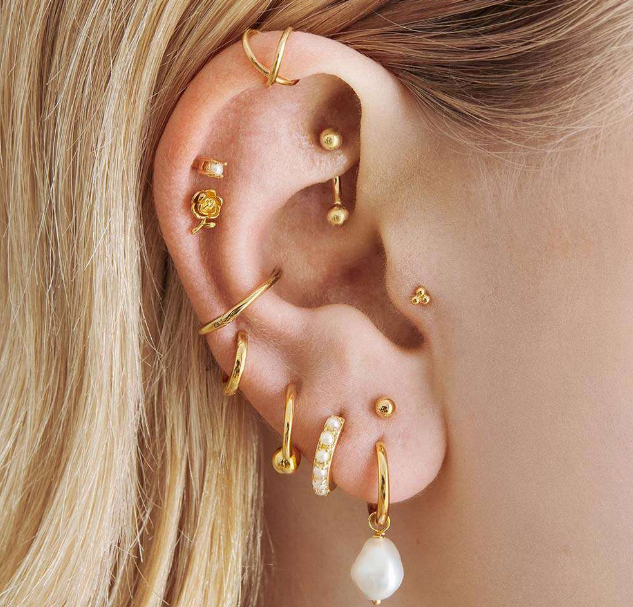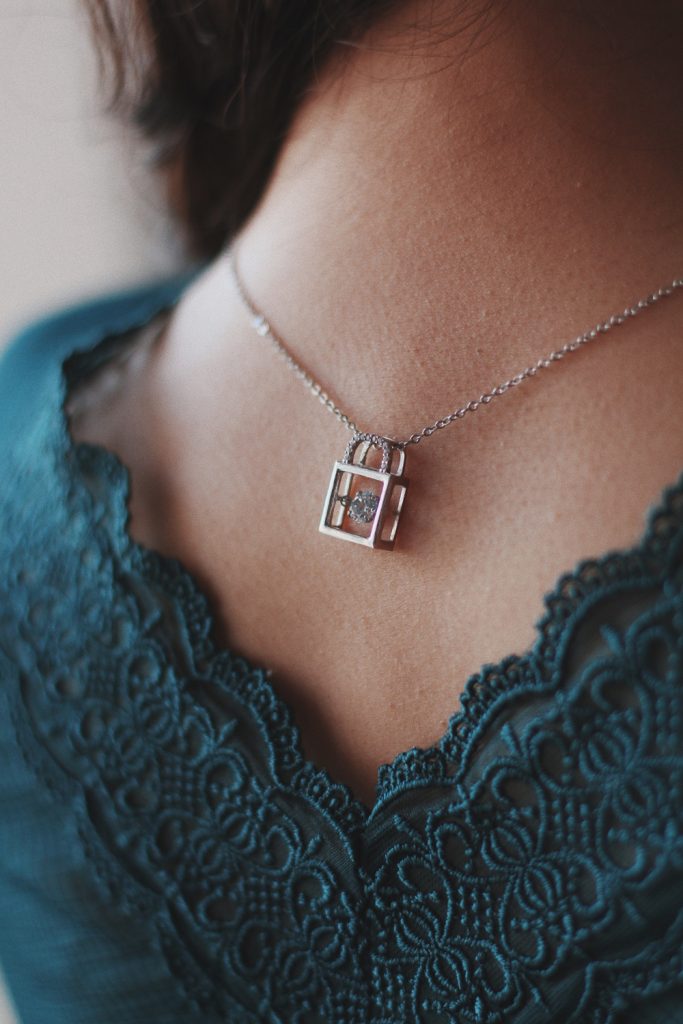The Ethical Evolution of Naked Sushi
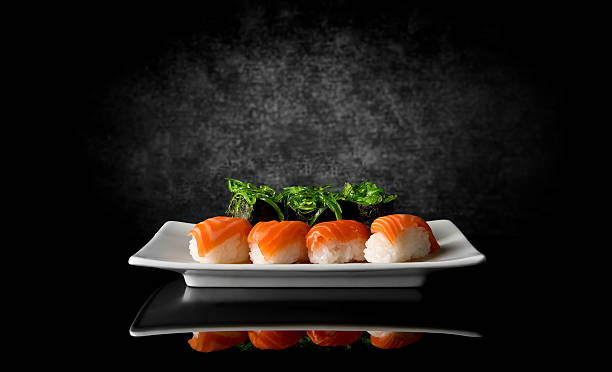
Naked sushi, also known as “nyotaimori,” is an ancient Japanese tradition that has found a place in modern culinary circles. This unique practice, which involves serving sushi on the nude body of a model, combines the precision of sushi-making with the visual allure of human form, creating a dining experience that is both captivating and controversial.
The Cultural Context of Naked Sushi
Naked sushi has its origins in feudal Japan, where it was a part of samurai and geisha cultures. During celebratory feasts, samurai warriors would indulge in this unique dining experience, where sushi was served on the nude bodies of geishas. Nyotaimori, which translates to “female body presentation,” symbolized victory, luxury, and the sophisticated artistry of sushi preparation.
The geishas, embodying grace and beauty, played a crucial role in these ceremonies, enhancing the overall aesthetic appeal. Naked sushi was not just about the food but also about celebrating the craftsmanship of sushi-making and the elegance of the human form.
The Artistry and Technique of Naked Sushi
At the heart of naked sushi is the meticulous art of sushi-making. Master chefs spend years perfecting their skills, selecting the freshest ingredients, and crafting sushi that delights both the palate and the eyes. The presentation on a human body adds an element of visual artistry, transforming the meal into a sensory feast.
The model’s body serves as a living canvas, with each piece of sushi carefully arranged to enhance the aesthetic appeal. The careful placement of sushi pieces is not just about visual beauty but also about creating a respectful and harmonious dining experience. This delicate balance between culinary craftsmanship and visual art sets naked sushi apart from traditional dining experiences.
Ethical Considerations and Modern Adaptations
While naked sushi has a rich cultural heritage, it has also faced significant criticism in the modern era. Critics argue that the practice objectifies women and raises ethical concerns about consent and exploitation. These debates have led to increased scrutiny and the implementation of stricter regulations to ensure ethical standards are upheld.
Proponents of naked sushi argue that when conducted with professionalism and respect, the practice can be an empowering experience for the models involved. Modern interpretations of naked sushi often feature diverse models, promoting body positivity and inclusivity. This approach challenges traditional norms and reflects broader cultural shifts towards respect and equality.
Conclusion
Naked sushi stands at the intersection of cultural heritage and modern gastronomy. While it navigates the complexities of ethical considerations, it continues to captivate and inspire with its blend of tradition, artistry, and sensory delight. Whether viewed through the lens of controversy or celebration, naked sushi offers a profound and thought-provoking glimpse into the rich tapestry of Japanese culinary traditions.




















